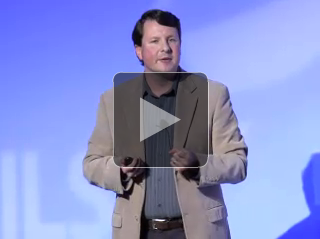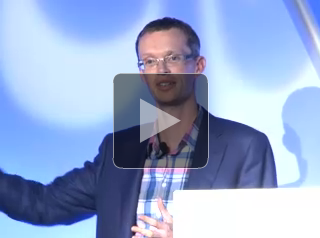This Week in Spring, December 6th, 2011
Welcome back to another installment of This Week in Spring.
We're in December, folks. I just can't believe that it's already December.
Um, OK, ignore me.
Just astonished.
Let's get into the roundup because there is a lot of new content this week.
-
Did you miss SpringOne? Well, that's a shame. You missed out on a lot. However, don't fret, our friends at InfoQ
are riding to the rescue with a steady stream of videos from the different talks at SpringOne2GX.
The first two talks on the docket? The opening keynote with SpringSource CTO Adrian Colyer,
SpringOne 2Gx Keynote - Spring, Yesterday, Today and Tomorrow.
On day two, <a href= "http://www.springsource.org/node/3322">Ben Alex lead the SpringOne 2GX technical keynote</a>, a procession of demonstrations and thought provoking insights into next generation application development with Spring and on the cloud. </LI> <LI> <a href = "http://www.twitter.com/ramnivas">Ramnivas Laddad</a>, all around great guy and one of the brilliant, mad…


